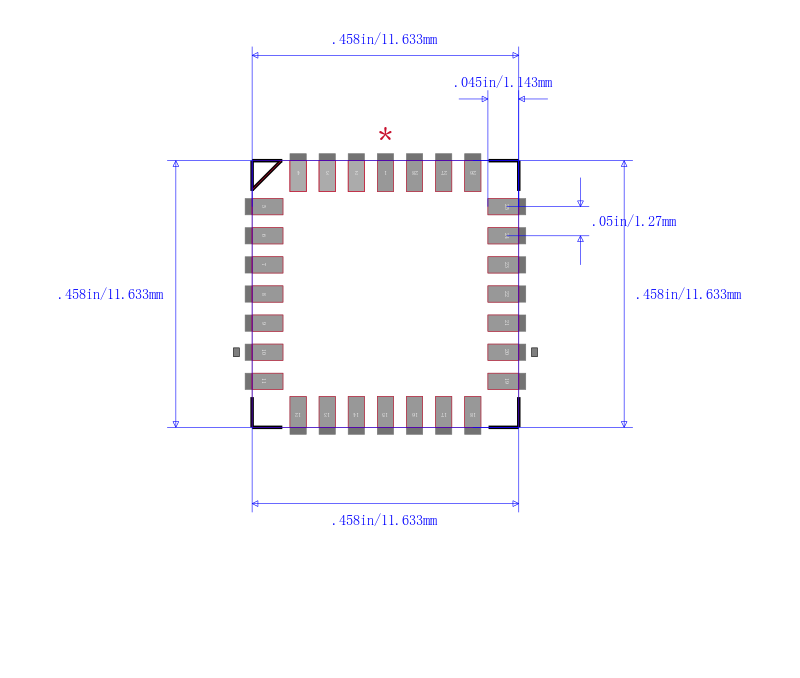


八路挂号收发器3态输出 OCTAL REGISTERED TRANSCEIVERS WITH 3-STATE OUTPUTS
description
The ′BCT543 octal transceiver contains two sets of D-type latches for temporary storage of data flowing in either direction. Separate latch-enable LEAB or LEBA and output-enable OEAB or OEBA inputs are provided for each register to permit independent control in either direction of data flow.
The A-to-B enable CEAB input must be low in order to enter data from A or to output data from B. If CEAB is low and LEAB is low, the A-to-B latches are transparent; a subsequent low-to-high transition of LEAB puts the A latches in the storage mode. With CEAB and OEAB both low, the 3-state B outputs are active and reflect the data present at the output of the A latches. Data flow from B to A is similar but requires using the CEBA, LEBA, and OEBA inputs.
The SN54BCT543 is characterized for operation over the full military temperature range of −55°C to 125°C. The SN74BCT543 is characterized for operation from 0°C to 70°C.
• State-of-the-Art BiCMOS Design Significantly Reduces ICCZ
• 3-State True Outputs
• Back-to-Back Registers for Storage
• ESD Protection Exceeds 2000 V Per MIL-STD-883C, Method 3015
• Package Options Include Plastic
Small-Outline Packages DW, Ceramic Chip Carriers FK and Flatpacks W, and Plastic and Ceramic 300-mil DIPs JT, NT


